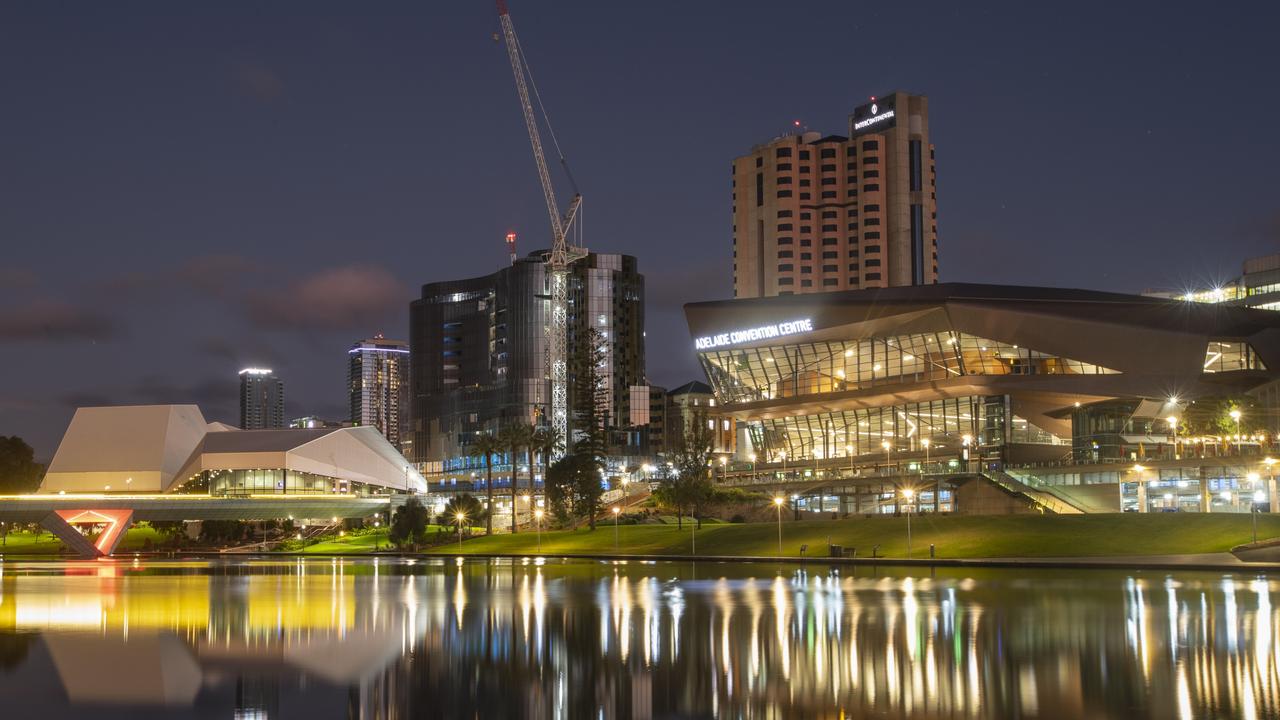Adelaide CBD solar panels could draw power savings
INSTALLING solar panels on more buildings in the Adelaide CBD could help businesses save millions in electricity costs — and there is a heatmap to help find the best sun spots. See the interactive MAP.
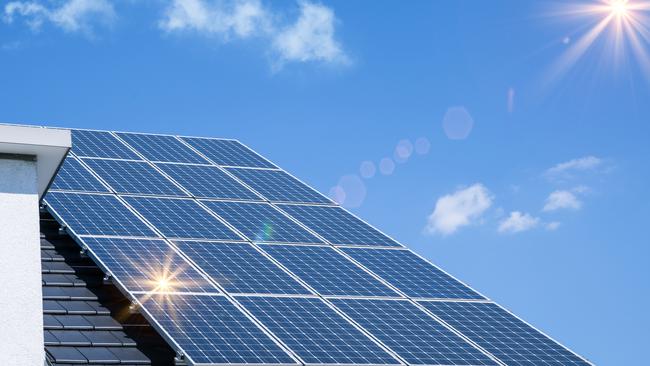
SA Business
Don't miss out on the headlines from SA Business. Followed categories will be added to My News.
- Development fight: Solar panels blocked by neighbouring house
- Interactive map: Find Adelaide’s sunniest spots
INSTALLING solar panels on more buildings in the Adelaide CBD could help businesses save millions in electricity costs — and there is a heatmap to help find the best sun spots. See the interactive MAP.
Almost half of the CBD’s roof space could be used to site 500,000 solar panels which would meet a quarter of the annual energy demand in the CBD, or support the equivalent of 34,000 SA households, the Australian Photovoltaic Institute (APVI) said on Tuesday.
University of NSW researchers used APVI’s Solar Potential Map to estimate savings of more than $54 million.
The national online tool, which was first released in 2014, can be used to calculate how much power can be generated from any particular roof within inner Adelaide.
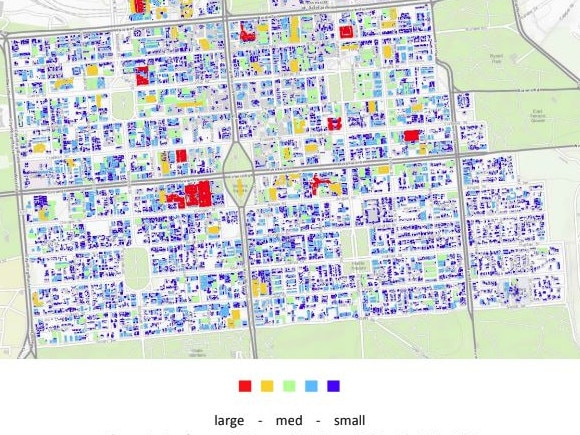
In 2012, the Federal Government agency ARENA provided $430,000 in funding support to APVI for the map’s development taking in all the capital cities across Australia.
APVI is a not-for- profit, member based organisation which focuses on data analysis and research to foster solar PV installations.
APVI has now received $460,000 from ARENA again to build similar heatmaps for suburbs, said APV community engagement manager Dan Stevens.
Interactive map: Find Adelaide’s sunniest spots
“We will need councils to support the rollout, so today is about highlighting the savings for Adelaide businesses and also making decision makers aware of its potential.
“This new research demonstrates the huge solar energy potential for our commercial centres — and the massive savings which businesses could be making,” he said.
The research modelled potential solar transformations to the Adelaide Convention Centre, Central Market and the Centrepoint Building.
Central Market with solar could generate 1120 megawatt hours/year (MWh), enough to power 218 homes and save 499 tonnes of carbon dioxide emissions, while the central building of the
Adelaide Convention Centre could generate 1705MWh, enough to power 331 homes.
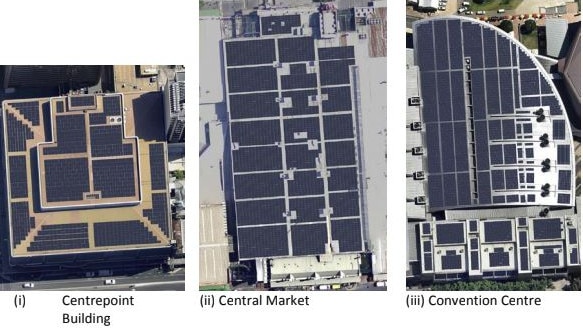
The Adelaide Showground installed 12,720 solar panels on six buildings in nine years — covering 9,240 sq metres of roofspace on Goyder, Jubilee, Wayville, Alpaca and Dairy/Goat pavilions.
“We have consistently generated more than 1,000 Mwh/year for the nine years of its operation equating to 25 per cent of our energy needs from our own buildings,” Adelaide Showground venue manager Jason Hemingway said.
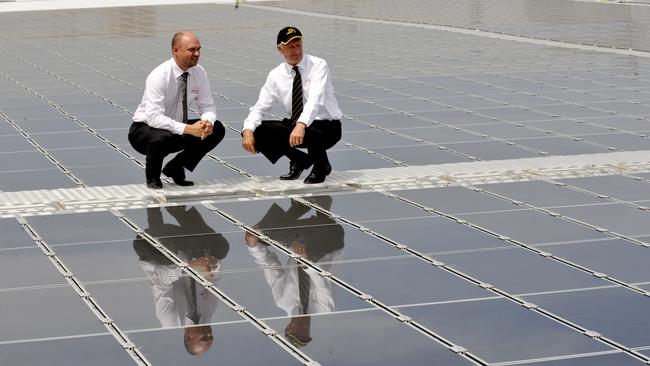
APVI’s Solar Potential Map, which also takes in shading from trees and neighbouring buildings to assess solar energy suitability, is available here.
The Advertiser recently reported on former Playford Capital chief executive Tim Jackson’s fight against a three-storey development next to his city home that would make his $6500 solar panel system ineffective.
He also called for the state’s planning system to afford owners of solar panels more protection from adjoining developments.

